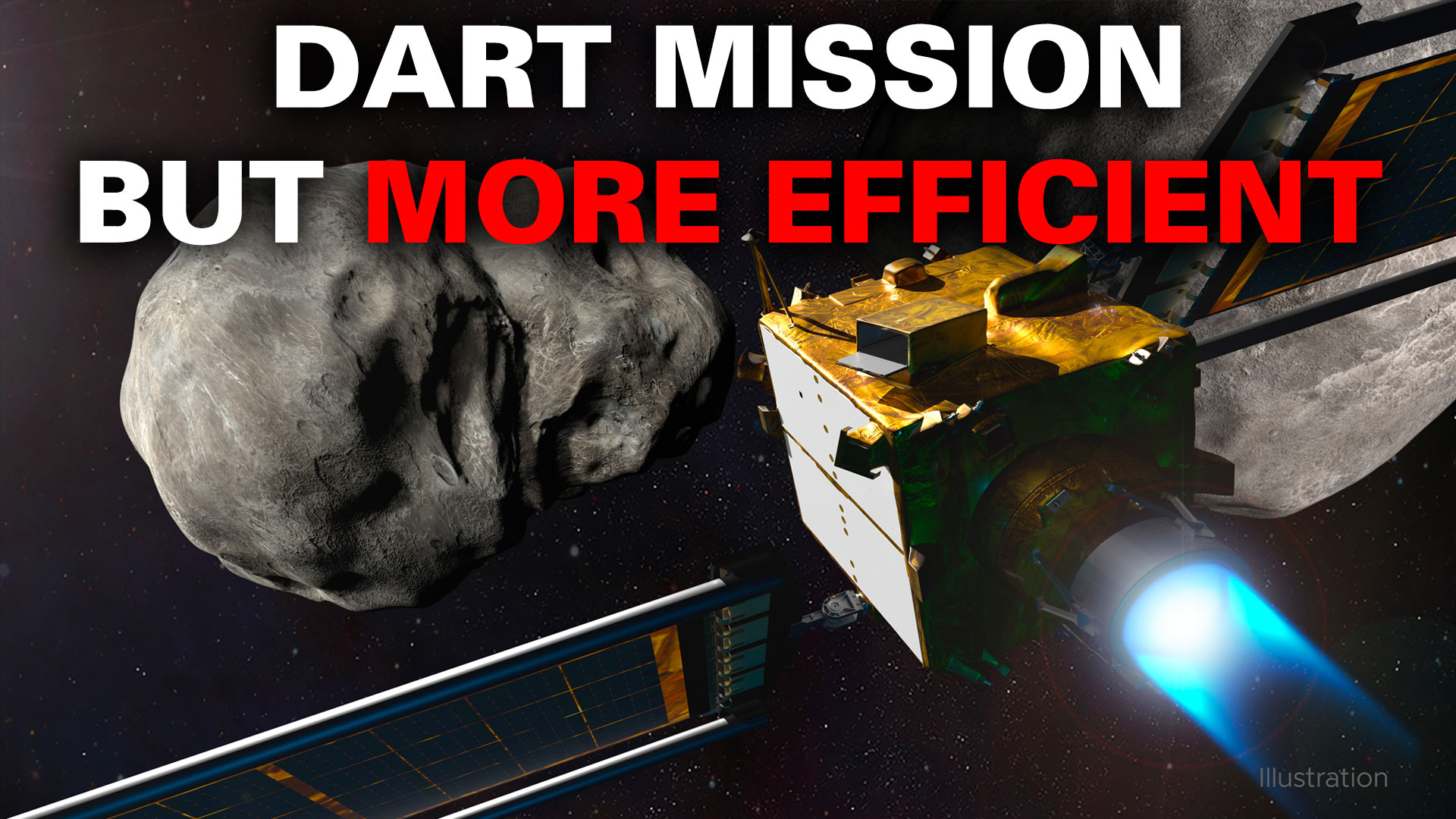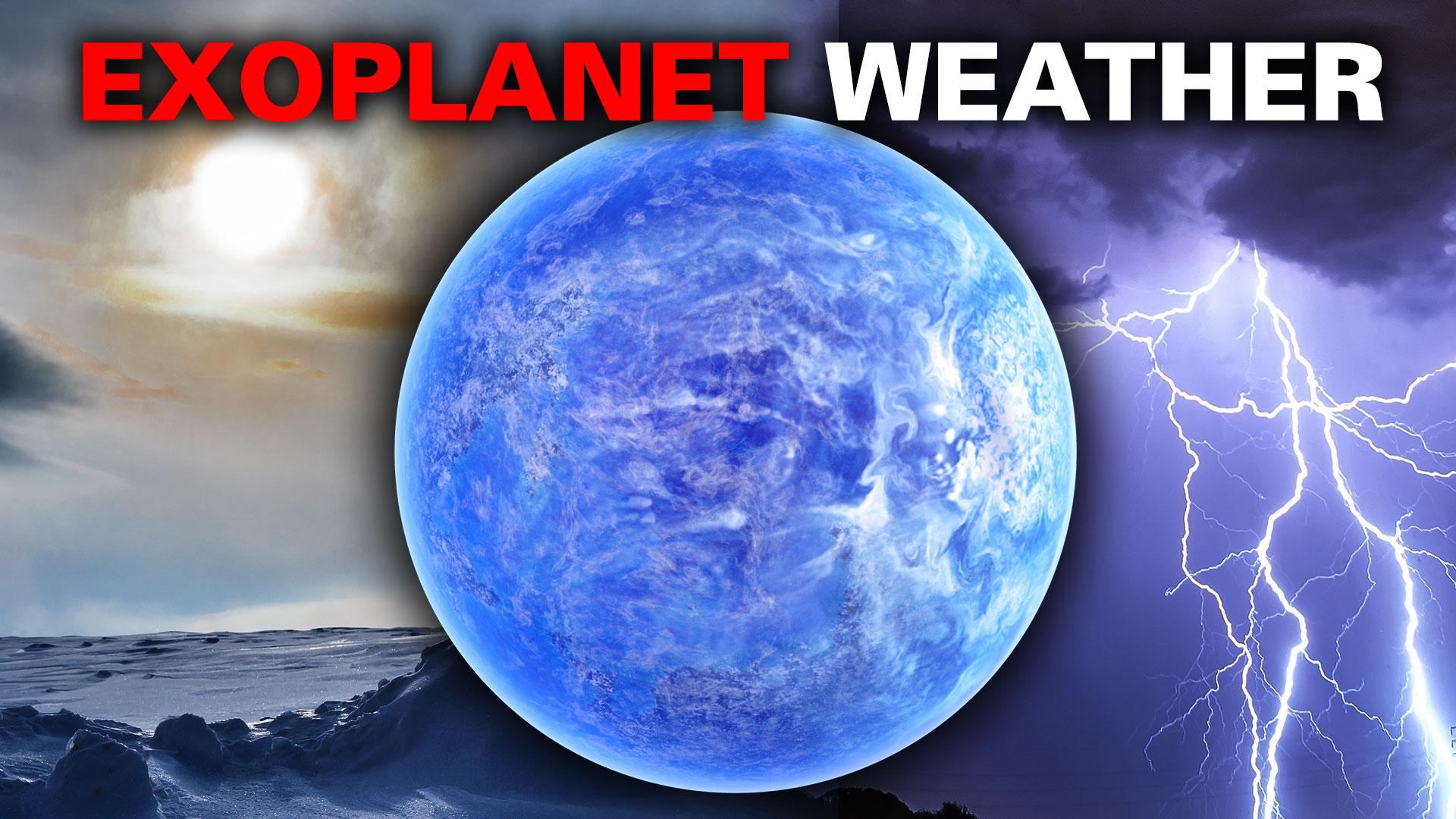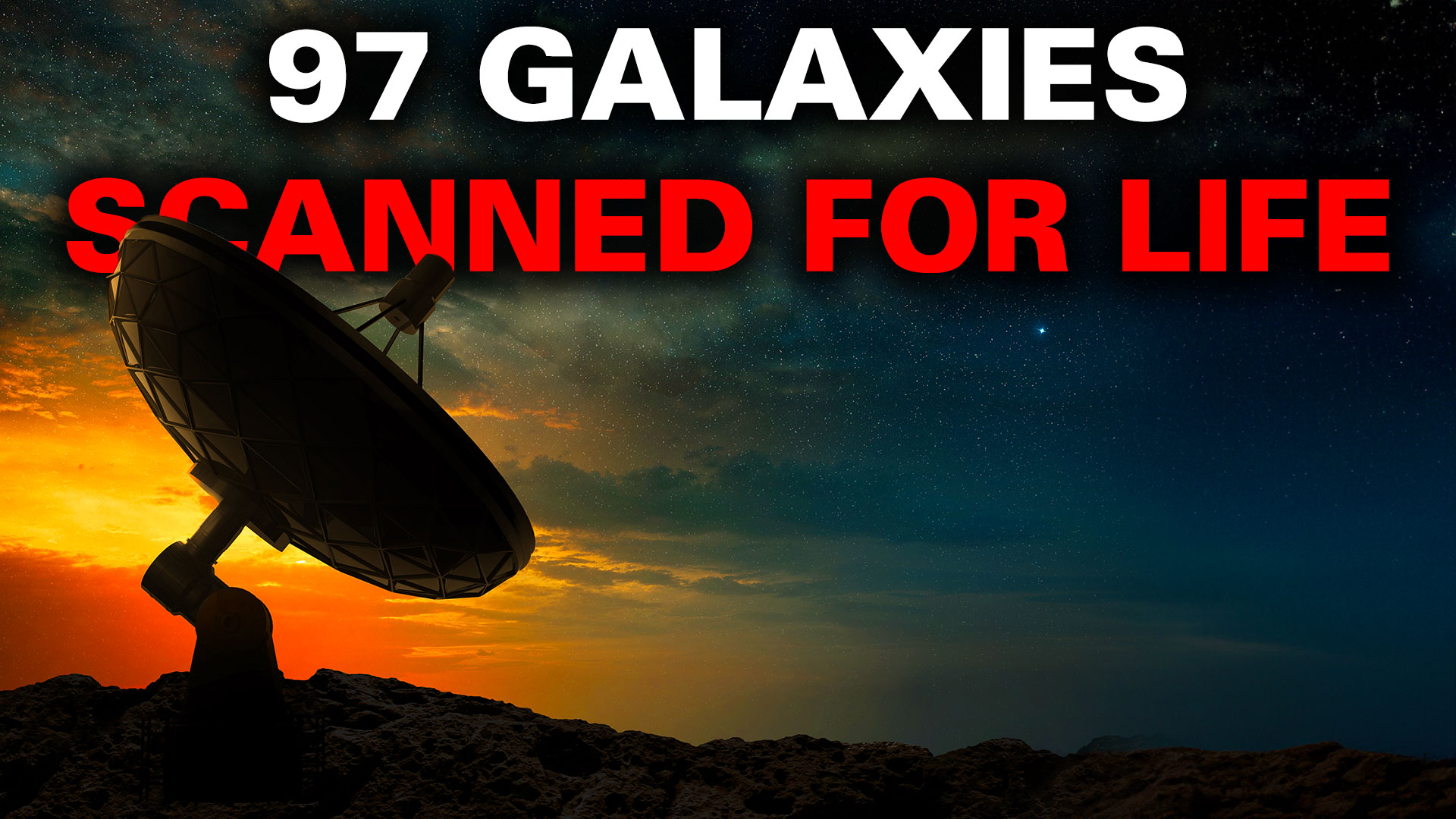The James Webb Space Telescope (JWST) is already making great strides in helping us to unravel the mysteries of the Universe. Earlier this year, hundreds of rogue planets were discovered in the Orion Nebula. The real surprise to this discovery was that 9% of the planets were paired up in wide binary pairs. To understand how this binary planets formed, astronomers simulated various scenarios for their formation.
Continue reading “What’s the Source of Binary Rogue Planets?”Ancient Stars Could Make Elements With More Than 260 Nucleons

The first stars of the Universe were monstrous beasts. Comprised only of hydrogen and helium, they could be 300 times more massive than the Sun. Within them, the first of the heavier elements were formed, then cast off into the cosmos at the end of their short lives. They were the seeds of all the stars and planets we see today. A new study suggests these ancient progenitors created more than just the natural elements.
Continue reading “Ancient Stars Could Make Elements With More Than 260 Nucleons”Weather in the Solar System Can Teach Us About Weather on Exoplanets
The way astronomers study planets in our own solar system is surprisingly similar to the way they study exoplanets, despite the latter being orders of magnitude more distant. The key is spectroscopy – examining the wavelengths of light that reach a telescope from a planet’s atmosphere. Different molecules allow different wavelengths to pass through, creating unique patterns in the spectrum and giving scientists clues about the composition of an atmosphere.
Of course, for planets nearby, we can get more details by visiting them – but this is expensive and difficult – we haven’t visited Uranus since Voyager 2 in 1986, for example, so for all intents and purposes, studying Uranus today is done the same way as studying an exoplanet: with a telescope.
A recent review of planetary atmospheres, in our solar system and elsewhere, reveals the incredible complexity and diversity of weather in our solar system, and what we might expect to find around other stars – but also what we don’t yet understand about our near neighbours: there’s plenty of unknowns.
So let’s take a weather-watcher’s tour of the solar system:
Continue reading “Weather in the Solar System Can Teach Us About Weather on Exoplanets”Trying to Communicate with Whales is Like Talking to Extraterrestrials
Communicating between species isn’t something that only has to take place between space-faring civilizations. There are plenty of species here on our home planet that communicate using a variety of sights, sounds, and smells. We’re only starting to unlock the secrets of how to understand and respond to these types of foreign languages. Researchers at the SETI Institute think that doing so might be a good test for whether we’ll be able to communicate with extraterrestrials if we ever get the chance to.
Continue reading “Trying to Communicate with Whales is Like Talking to Extraterrestrials”A Tiny Telescope is Revealing “Hot Jupiter” Secrets

A recent study presented this week at the 2023 meeting of the American Geophysical Union discusses observations of “hot Jupiters” from the NASA-funded CubeSat mission known as the Colorado Ultraviolet Transit Experiment (CUTE). Unlike most exoplanet-hunting telescopes, whose sizes are comparable to a small school bus, CUTE measures 36 centimeters (14 inches) in length, equivalent to the size of a cereal box. These findings come after members of the team, which consists of undergraduate and graduate students, published an overview paper about CUTE in The Astronomical Journal in January 2023 and results from CUTE observing WASP-189b in The Astrophysical Journal Letters in August 2023.
Continue reading “A Tiny Telescope is Revealing “Hot Jupiter” Secrets”Voyager 1 Has Another Problem With its Computer System
For more than 46 years, the Voyager 1 probe has been traveling through space. On August 25th, 2012, it became the first spacecraft to cross the heliopause and enter interstellar space. Since then, mission controllers have maintained contact with the probe as part of an extended mission, which will last until the probe’s radioisotopic thermoelectric generators (RTGs) finally run out. Unfortunately, the Voyager 1 probe has been showing its age and signs of wear and tear, which is unavoidable when you’re the farthest spacecraft from Earth.
This includes issues with some of the probe’s subsystems, which have been a bit buggy lately. For instance, engineers at NASA recently announced that they were working to resolve an error with the probe’s flight data system (FDS). This system consists of three onboard computers responsible for communicating with another of Voyager 1’s subsystems, known as the telemetry modulation unit (TMU). As a result, while the spacecraft can receive and execute commands sent from Earth, it cannot send any science or engineering data back.
Continue reading “Voyager 1 Has Another Problem With its Computer System”Breakthrough Listen Scans Entire Galaxies for Signals From Extremely Advanced Civilizations
In 1960, Dr. Frank Drake led the first Search for Extraterrestrial Intelligence (SETI) experiment at the National Radio Astronomy Observatory in Green Bank, West Virginia. In the more than sixty years that have since passed, astronomers have conducted multiple surveys in search of technological activity (aka. technosignatures). To date, Breakthrough Listen is the most ambitious SETI experiment, combining data from the Robert C. Byrd Green Bank Telescope, the Parkes Murriyang Telescope, the Automated Planet Finder, and the MeerKAT Radio Telescope and advanced analytics.
The program includes a survey of the one million closest stars to Earth, the center of our galaxy and the entire galactic plane, and the 100 closest galaxies to ours. In a recent paper, members of Breakthrough Listen presented the results of their radio technosignature search of the centers of 97 nearby galaxies observed by the Robert C. Byrd Green Bank Telescope. This search was one of the largest and broadest
searches for radio evidence of extraterrestrial intelligence ever undertaken, surveying trillions of stars at four frequency bands. Unfortunately, no compelling candidates were found.
Betelgeuse Versus the Asteroid… What Happened?

A rare occultation of the bright star Betelgeuse by asteroid 319 Leona turned up mixed results.
In science and astronomy, sometimes a negative or subtle result can be as interesting as a positive one. That’s just what occultation-chasers where confronted with this past Monday evening on the night of December 11th/12th, when asteroid 319 Leona occulted (passed in front of) the +0.5 magnitude star Betelgeuse.
Continue reading “Betelgeuse Versus the Asteroid… What Happened?”Dark Matter Could Cause Jupiter’s Night Side to Glow
One of the aspects of our study of the universe that fascinates me is the hunt for dark matter. That elusive material that doesn’t interact with much makes it difficult but not impossible to detect. Gravitational lenses are one such phenomena that point to its existence indeed it allows us to estimate how much there is in galaxy clusters. A paper now suggests that observations of Jupiter by Cassini in 2000 suggest we may be able to detect it using planets too.
Continue reading “Dark Matter Could Cause Jupiter’s Night Side to Glow”DART Showed We Can Move an Asteroid. Can We Do It More Efficiently?

Like many of you, I loved Deep Impact and Armageddon. Great films, loads of action and of course, an asteroid on collision course with Earth. What more is there to love! Both movies touched upon the options for humanity to try and avoid such a collision but the reality is a little less Hollywood. One of the most common options is to try some sort of single impact style event as was demonstrated by the DART (Double Asteroid Redirection Test) mission but a new paper offer an intriguing and perhaps more efficient alternative.
Continue reading “DART Showed We Can Move an Asteroid. Can We Do It More Efficiently?”





